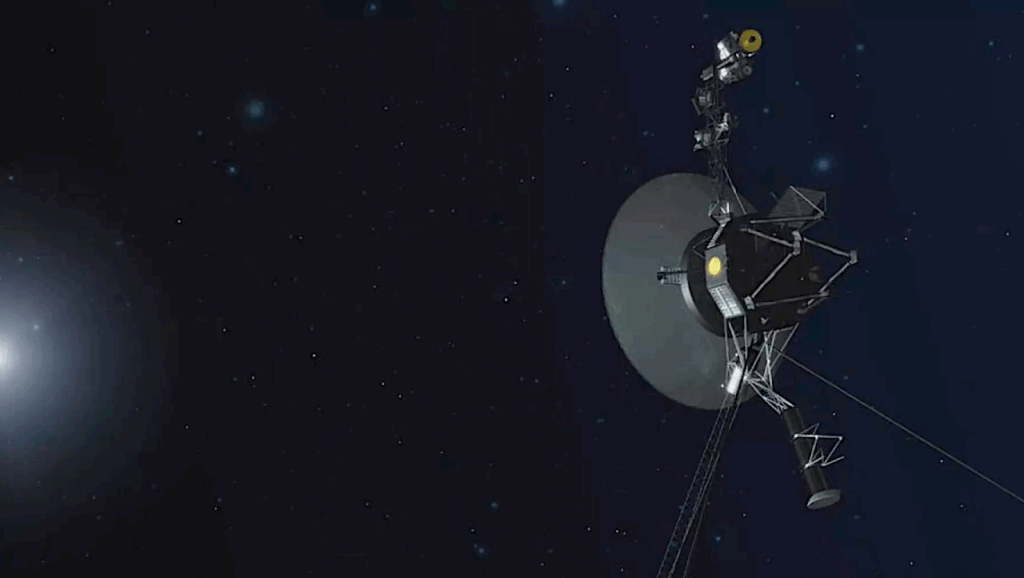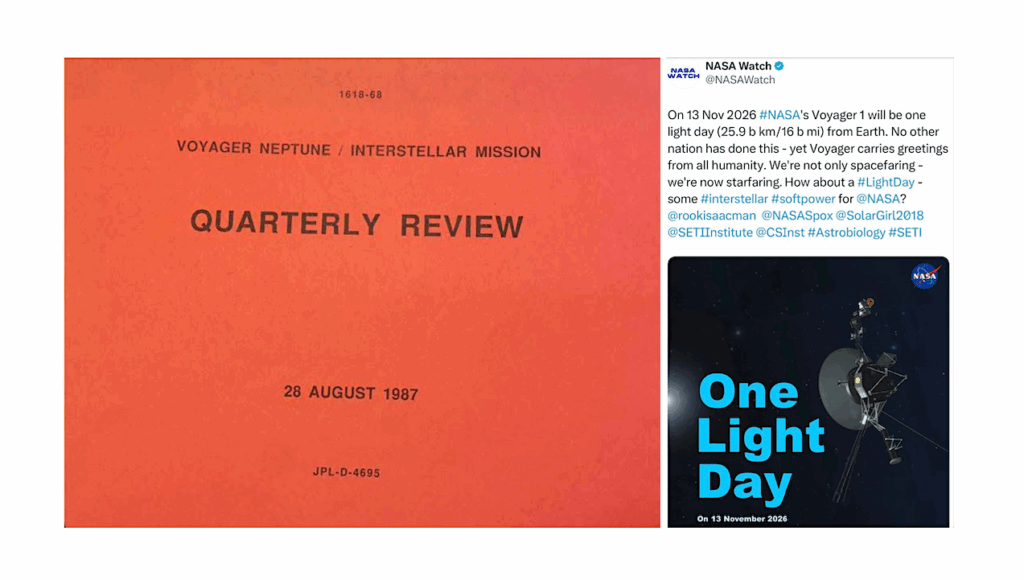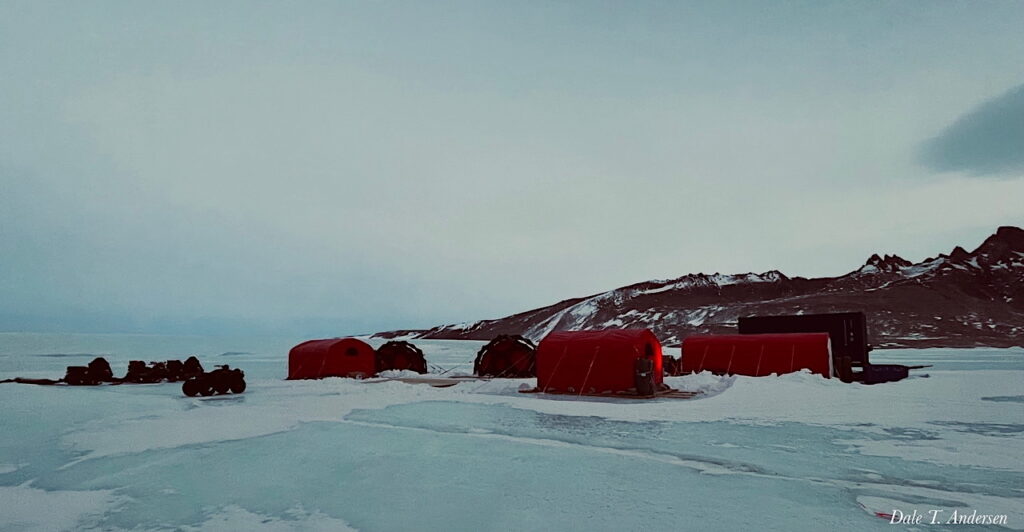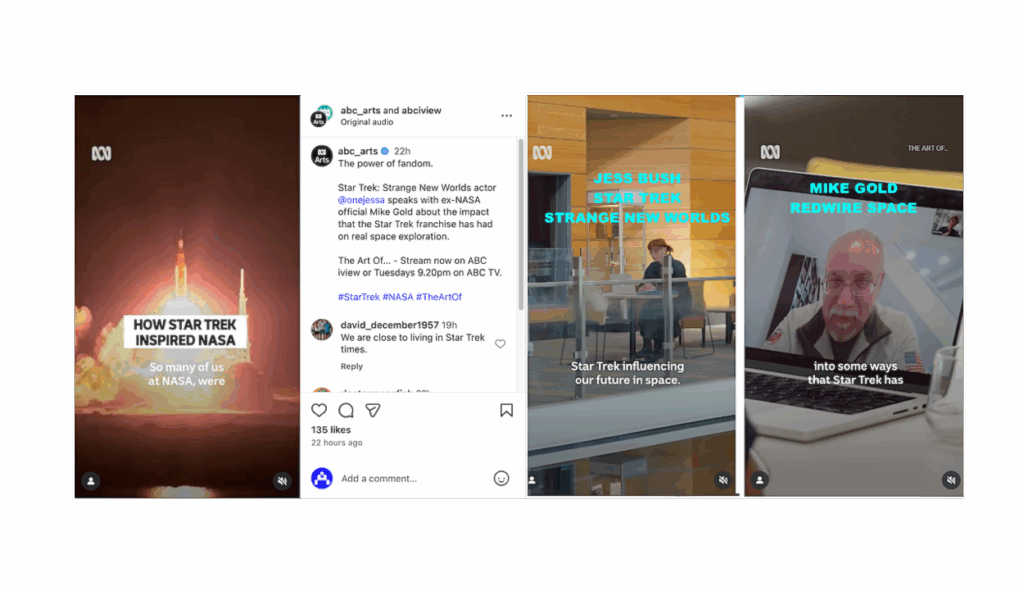NASA: Two SLS Launches Likely Needed For $3 billion+ ARM

 Keith’s note: At today’s Small Bodies Assessment Group (SBAG) telecon, I asked Lindley Johnson via Webex “Can you show the chart again that has SLS as a launch option for the ARM spacecraft? Does this mean TWO SLS launches needed – one for ARM and another for crew?” He confirmed that yes, there will be two SLS launches – one SLS for the ARM spacecraft (Delta IV seems less desirable) and the other SLS for the crew. So … this $1.25 billion cap for the ARM mission ignores the $1 billion-plus cost of a SLS for the ARM spacecraft, and the $1 billion-plus cost of SLS/Orion. So … we’re looking at a $3-4 billion cost for the whole ARM effort.
Keith’s note: At today’s Small Bodies Assessment Group (SBAG) telecon, I asked Lindley Johnson via Webex “Can you show the chart again that has SLS as a launch option for the ARM spacecraft? Does this mean TWO SLS launches needed – one for ARM and another for crew?” He confirmed that yes, there will be two SLS launches – one SLS for the ARM spacecraft (Delta IV seems less desirable) and the other SLS for the crew. So … this $1.25 billion cap for the ARM mission ignores the $1 billion-plus cost of a SLS for the ARM spacecraft, and the $1 billion-plus cost of SLS/Orion. So … we’re looking at a $3-4 billion cost for the whole ARM effort.
 Keith’s update: Johnson’s charts are now online here. Pages 14-17 make explicit mention of SLS as a candidate for both the ARM spacecraft and the crewed launch. In the past, when asked if SLS is a candidate for the ARM spacecraft, HEOMD AA Bill Gerstenmaier has always said “no”. Clearly there has been a change of mind.
Keith’s update: Johnson’s charts are now online here. Pages 14-17 make explicit mention of SLS as a candidate for both the ARM spacecraft and the crewed launch. In the past, when asked if SLS is a candidate for the ARM spacecraft, HEOMD AA Bill Gerstenmaier has always said “no”. Clearly there has been a change of mind.
One thing to consider: NASA is supposed to consider commercial launch alternatives unless there are compelling performance or technical reasons not to. Delta IV is mentioned, but no consideration seems to have been given to Falcon Heavy or the new Atlas that has been proposed. Of course, you can expect NASA to tweak things such that only SLS can meet the requirements because they have to.
51 U.S. Code § 50131 – “Requirement to procure commercial space transportation services” (full text below)
Current through Pub. L. 113-234. (See Public Laws for the current Congress.)
prev | next
(a) In General.– Except as otherwise provided in this section, the Federal Government shall acquire space transportation services from United States commercial providers whenever such services are required in the course of its activities. To the maximum extent practicable, the Federal Government shall plan missions to accommodate the space transportation services capabilities of United States commercial providers.
(b) Exceptions.– The Federal Government shall not be required to acquire space transportation services under subsection (a) if, on a case-by-case basis, the Administrator or, in the case of a national security issue, the Secretary of the Air Force, determines that–
(1) a payload requires the unique capabilities of the space shuttle;
(2) cost effective space transportation services that meet specific mission requirements would not be reasonably available from United States commercial providers when required;
(3) the use of space transportation services from United States commercial providers poses an unacceptable risk of loss of a unique scientific opportunity;
(4) the use of space transportation services from United States commercial providers is inconsistent with national security objectives;
(5) the use of space transportation services from United States commercial providers is inconsistent with international agreements for international collaborative efforts relating to science and technology;
(6) it is more cost effective to transport a payload in conjunction with a test or demonstration of a space transportation vehicle owned by the Federal Government; or
(7) a payload can make use of the available cargo space on a space shuttle mission as a secondary payload, and such payload is consistent with the requirements of research, development, demonstration, scientific, commercial, and educational programs authorized by the Administrator.
(c) Agreements With Foreign Entities.– Nothing in this section shall prevent the Administrator from planning or negotiating agreements with foreign entities for the launch of Federal Government payloads for international collaborative efforts relating to science and technology.
(d) Delayed Effect.– Subsection (a) shall not apply to space transportation services and space transportation vehicles acquired or owned by the Federal Government before October 28, 1998, or with respect to which a contract for such acquisition or ownership has been entered into before October 28, 1998.
(e) Historical Purposes.– This section shall not be construed to prohibit the Federal Government from acquiring, owning, or maintaining space transportation vehicles solely for historical display purposes.
|
|









A better use of Orion would be to fly a uncrewed shakedown mission to Mars along with the ARM to collect boulders from Deimos with one SLS vehicle
http://yellowdragonblog.com…
If uncrewed, how do you get the rocks from Deimos into the Orion?
I need to write a better blog entry!
(A)(1) Orion separates from SLS upper stage and maneuvers to dock and extract ARM(practice)
(A)(2) Orion separates from ARM
(A)(3) Orion and ESA service module does a Mars flyby back to Earth to test ECLSS and orion EDL
ARM alone breaks at Mars and performs Deimos boulder retrieval and brings it back to Lunar retrograde orbit
If SLS can not loft both spacecraft to Mars then loft ARM on Falcon Heavy
http://yellowdragonblog.com…
robotic collection ?
ARM Plan A and Plan B both do robotic collection
There are going to be SLS/Orion missions to Lunar orbit with or without ARM. Counting the SLS for that mission against ARM is like counting the cost of the Deep Space Network against Osiris REX. Actually the cost of the launch vehicle wasn’t included in the Osiris Rex cost cap either (LV cost isn’t included in mission cost for any of the recent competed SMD missions for a variety of reasons). The $1.25M cost for ARM is an apples-to-apples comparison with the $800M cost for O-REX.
1.25 Billion as compared to 800 Million…………………..
SMD has to pay for 1/3rd so this would appear to violate the decadal survey process
sending ARM derived spacecraft to Deimos would be more exciting and would bring back more novel things more in line with the decadal process
Yeah when you look apples to apples you can readily see that O-REX is much higher science value and lower cost than ARM. O-REX is a much better science mission than ARM. But if your main goal is not science, but to develop in space propulsion technologies to enable future human Mars missions ARM is a much better value than O-REX. Different objectives –> different missions.
Not to be too much of a cynic, if the goal were to develop technologies for human flight to Mars we would be spending money on technology development, electric propulsion, refueling in LEO, reusable LVs to reduce cost, etc.
If the goal is to make SLS appear essential to the “NASA Mission” while spending as much money as possible and make certain members of Congress more powerful, then whether a mission is flown at all is irrelevant.
“we would be spending money on technology development, electric propulsion, refueling in LEO, reusable LVs to reduce cost, etc.”
Yep. Welcome to our (rather small) choir. Some of us wonder why tech development for living in low grav shouldn’t be the goal, leaving the deep gravity wells to a future fueled by the results of research.
Then I think the costs to maintain SLS/Orion to the ARM mission should be noted for they total something like 45 billion in spending from 2010-2025, or 15 billion from 2020-2025 or 30 billion dollars from now till then. It may be fair to say that ARM SLS flight costs may already be included in the exorbitant price tag of SLS/Orion during the period for they include some SLS+Orion launches, which total well above the given 1 billion dollar estimate.
But if you cancel ARM, you don’t get the $45B or whatever the cost of SLS+Orion is back. So it shouldn’t be book-kept against ARM. Same with the ARM crew mission launch cost… if it is happening whether ARM happens or not, then it’s not something you’d get back by canceling ARM.
You cannot recover sunk costs by cancelling a program, but you can recover future costs, including GSE, ground systems, development, manufacturing, maintenance of the VAB, crawlers, MLPs, LC-39A, etc. Exploration has an incentive to promote the use of SLS for ARM because it would “lock in” the program as being essential to the “NASA mission”.
http://www.nasa.gov/sites/d…
Can ARM be co manifested with Orion on one SLS? see page 15
Possibly but since there is several years between launching the two vehicles it would be a waste of time. ARM is a long mission.
Both missions are subject to delays…………………….
and this idea could be revisited
there are other possibilities
http://yellowdragonblog.com…
Nextstep seems to be asking for SLS uses,I have no problem with SLS plus EELV missions however decadal survey process could be undamaged by comanifast missions
I think in the near term these would be a uncrewed Orion on a mars flyby mission ( 2025/28) along with mars sample return?
Andrew
The gases Xenon on ARM is 10 metric tons?
the spacecraft dry weight is more………….
add in a mars 2020 co-manifested flight could Falcon heavy loft this?
and my original blogpost response to Keith was could a early Orion without a crew be co-manifested a mars 2020 or later ARM
A Falcon Heavy is expected to lift ~53 tonnes to LEO. A Falcon 9 about 13 tonnes to LEO.
They may be sending the ARM SEP to a different location.
Falcone heavy could test a uncrewed Dragon on a mars flyby and Earth EDL! And fly a ARM mission to Deimos
And Red Dragon……………………………
I blogged a while back about two Dragons docked to one another;one as atmospheric probe the other as flyby or orbital mission
http://yellowdragonblog.com…
Now that the ARM idea has come along makes for more excitement.We do need the solar electric inner solar system tug but we also need to use peer review for the decadal process to be honored
Dry Mass: 3950 kg dry (maximum expected value)
Propellant: up to 12 t of xenon
NASA: Is capable of launching in 2017 or 2018 on an Atlas V 551, Falcon Heavy, or the Space Launch System
Thanks!
10 metric tons of xenon would be tens of millions of dollars. That would be the first ever space venture where the propellant cost actually matters.
And Argon sometimes comes out in trades based on costs
so many trades……………….
The NEXTstep paper does assume a EUS while Keiths cited documents does not
The EUS I think makes a one SLS launch with a uncrewed Orion shakedown cruise with a Phobos boulder “ARM” mission possible
I am not a fan of ARM but another SLS launch in 2019 would help the flight rate issue and hopefully test the EUS stage for the crewed mission in 2021.
To require launching on an SLS the SEP must be pretty heavy. Although the additional delta-v may shorten the time taken to get to the asteroid.
I assume that the Flight Releasable Attachment Mechanism (FRAM) is an interface that will allow future SEPs to carry different types of payloads.
Deimos: One of only two known asteroid-like objects always directly on the way to Mars. https://twitter.com/ToDeimos
Congressman Posey, Congressman Brooks, Congressman Smith, Congressman Culberson – you fiscal and deficit hawks – where are you?
You TOLD the American people that SLS would be affordable.
This is not affordable.
According to Mr. Posey everything will be affordable if NASA just cancels its pesky climate research.
Of course the definition of affordable in Congress is that the tax dollars are spent in my district and/or that a significant fraction of the money comes back to me as campaign contributions.
climate research is the most important research NASA does
We always manage to afford what the politico’s want. Remember the year social security got a cost of living increase when there was no increase in the cost of living for that year and the year before. I believe the decision was made overnight at Camp David! Good Grief Charlie Brown, we pumped money into Iraq like it was coming out of a Pez Dispenser! This from a politician that never in his life saw a spending, or jobs program he didn’t like. He loves jobs programs, stimulus spending, and government expansion; just not engineers working on developing a heavy lift capability for the American people to explore the solar system and engage the future of our children in the next frontier. “the Moon, well, we’ve been there”! What do you say to that kind of chutzpah? It almost takes your breath away.
You know what’s affordable under the current funding stream, not much more that what we are doing, and maybe not that if you follow the trend lines on spending. There are so many technical developments that need to be accomplished between here and Demos, that we need to learn to chew gum and walk at the same time, and that takes MONEY. We are not going to Mars on a Radio Shack budget. The NASA budget needs to be at least 1% of the Federal Budget for our children to see anything accomplished before they’re of social security.
I know that many here think Mr. Musk and others will develop fully reusable spacecraft, dramatically lower launch costs, while making a living in this business. Well he better keep rubbing the lamp because I sure don’t see the Genie.
We should all be working together to convince those in DC who think they’re the best & brighter to agree that the future is worth at least 1%. We should speak with one voice on this so that all boats can be lifted and let the best ideas float to the top. In my life I’ve worked in submarines and medicine; believe me we have a long way to go before we have the mechanical/technical reliability and life sciences knowledge to commit souls to a 2 year deep space voyage.
I agree we should invest more. But I worked at the grass roots for years with the L-5 Society. My experience on this is that it is tough. Everybody is interested as long as it costs them nothing. The moment you mention “taxes”, even a few pennies, nobody is interested. They would rather have tax cuts.
Remember the year social security got a cost of living increase when there was no increase in the cost of living for that year and the year before. I believe the decision was made overnight at Camp David!
Not correct.
Annual SocSec COL adjustments vs inflation
(The COL adj is based on the PREVIOUS year inflation)
(Bold is during Obama administration)
Year – Inflate – SS COL
1976 – 5.75% – 8.00%
1977 – 6.50% – 6.40%
1978 – 7.62% – 5.90%
1979 – 11.22% – 6.50%
1980 – 13.58% – 9.90%
1981 – 10.35% – 14.30%
1982 – 6.16% – 11.20%
1983 – 3.22% – 7.40%
1984 – 4.30% – 3.50%
1985 – 3.55% – 3.50%
1986 – 1.91% – 3.10%
1987 – 3.66% – 1.30%
1988 – 4.08% – 4.20%
1989 – 4.83% – 4.00%
1990 – 5.39% – 4.70%
1991 – 4.25% – 5.40%
1992 – 3.03% – 3.70%
1993 – 2.96% – 3.00%
1994 – 2.61% – 2.60%
1995 – 2.81% – 2.80%
1996 – 2.93% – 2.60%
1997 – 2.34% – 2.90%
1998 – 1.55% – 2.10%
1999 – 2.19% – 1.30%
2000 – 3.38% – 2.50%
2001 – 2.83% – 3.50%
2002 – 1.59% – 2.60%
2003 – 2.27% – 1.40%
2004 – 2.68% – 2.10%
2005 – 3.39% – 2.70%
2006 – 3.24% – 4.10%
2007 – 2.85% – 3.30%
2008 – 3.85% – 2.30%
2009 (-0.34%) 5.80%
2010 – 1.64% – 0.00%
2011 – 3.16% – 0.00%
2012 – 2.07% – 3.60%
2013 – 1.47% – 1.70%
2014 – N/A – 1.50%
I know that many here think Mr. Musk and others will develop fully reusable spacecraft, dramatically lower launch costs, while making a living in this business. Well he better keep rubbing the lamp because I sure don’t see the Genie.
He already has dramatically lower launch costs, and has been profitable since 2009. recall the saying Anything that exists is possible
After 50 years of space R & D, it’s pathetic that we talking about a vehicle that will cost any where from $800 M to $1 B per launch.
With enough money anything can be made to fly. Whether there is any practical purpose to be served by doing so is another matter.
Since ARM will die (a miserable death) the minute the next president takes office … who cares?
Your assessment seems about right. Dem or Rep will look at the costs compared top FH and make the right decision.
LOL.
Since ARM will die (a miserable death) the minute the next president takes office … who cares?
It might depend on who the next president is. What does jeb Bush say about SLS/Orion?
NASA has just turned into the Worlds most expensive fireworks display. They just want the spectacle of really big rockets lighting up the sky for photo ops and IMAX documentaries.
Reading this headline reminded me when Obama made his speech in FL on canceling Constellation program, he also said he proposed adding $3 billion for NASA research. Unfortunately everyone forgot this item because his Moon “been there, done that” phrase took the main stage.
Ironically I also remember reading Johh Pike’s remark when VSE was announced in 2004, “this is a elegant way of shutting down the space program and replacing it with artwork.”
However, there are a number of people working on detailed design (I wonder who they are and if some of this can be examined) like Orion communications and telemetry systems, navigation systems (alignment platform like Apollo but one without danger of gimbal lock?), thermal insulation, etc. I either find PPT or other very general diagrams, or narrow and very esoteric reports.
Why not just continue with the SLS’s main mission: pork return.
It’s working fabulously.
Let SpaceX handle getting man into space instead of focusing on getting money into pockets.